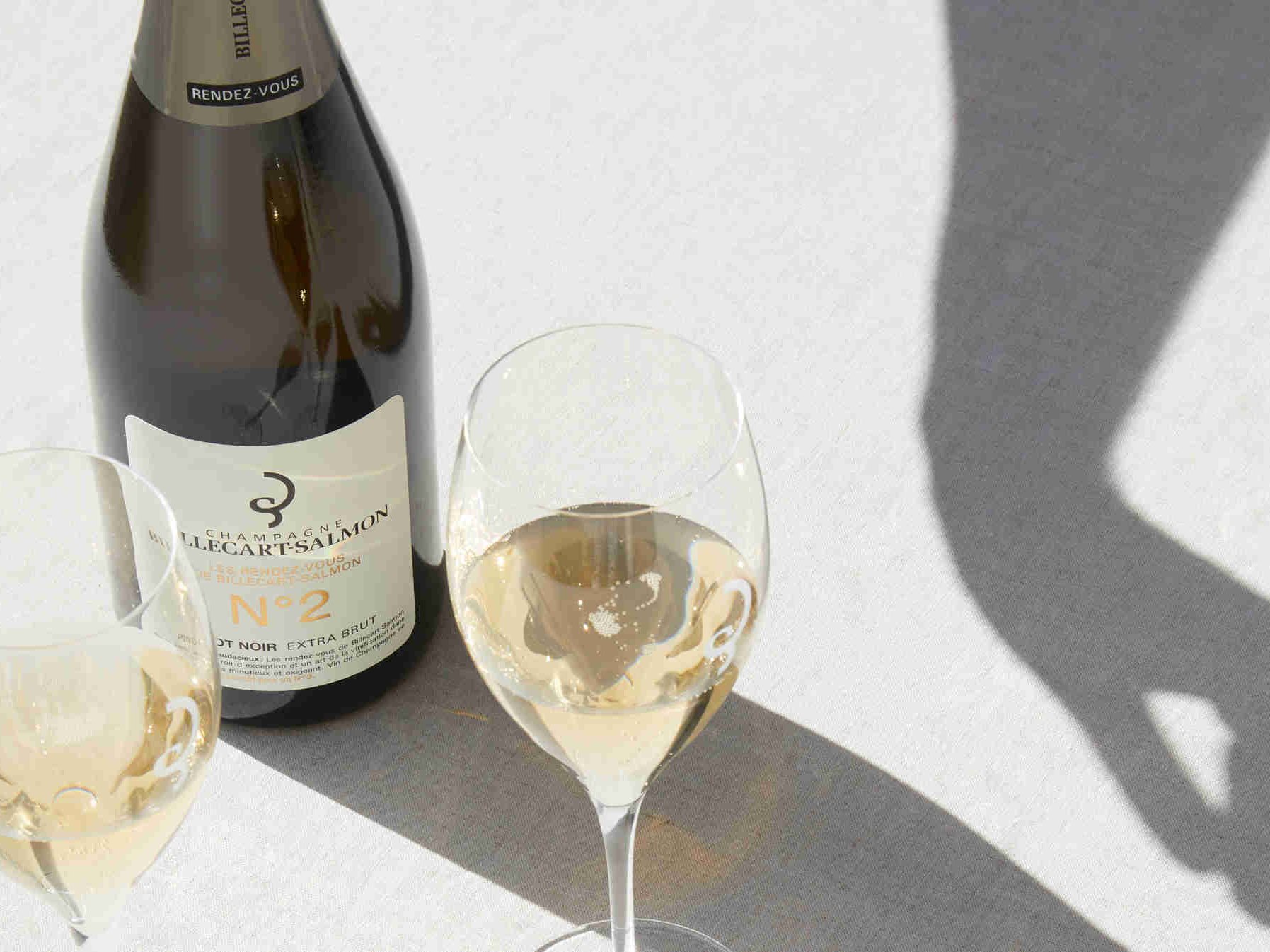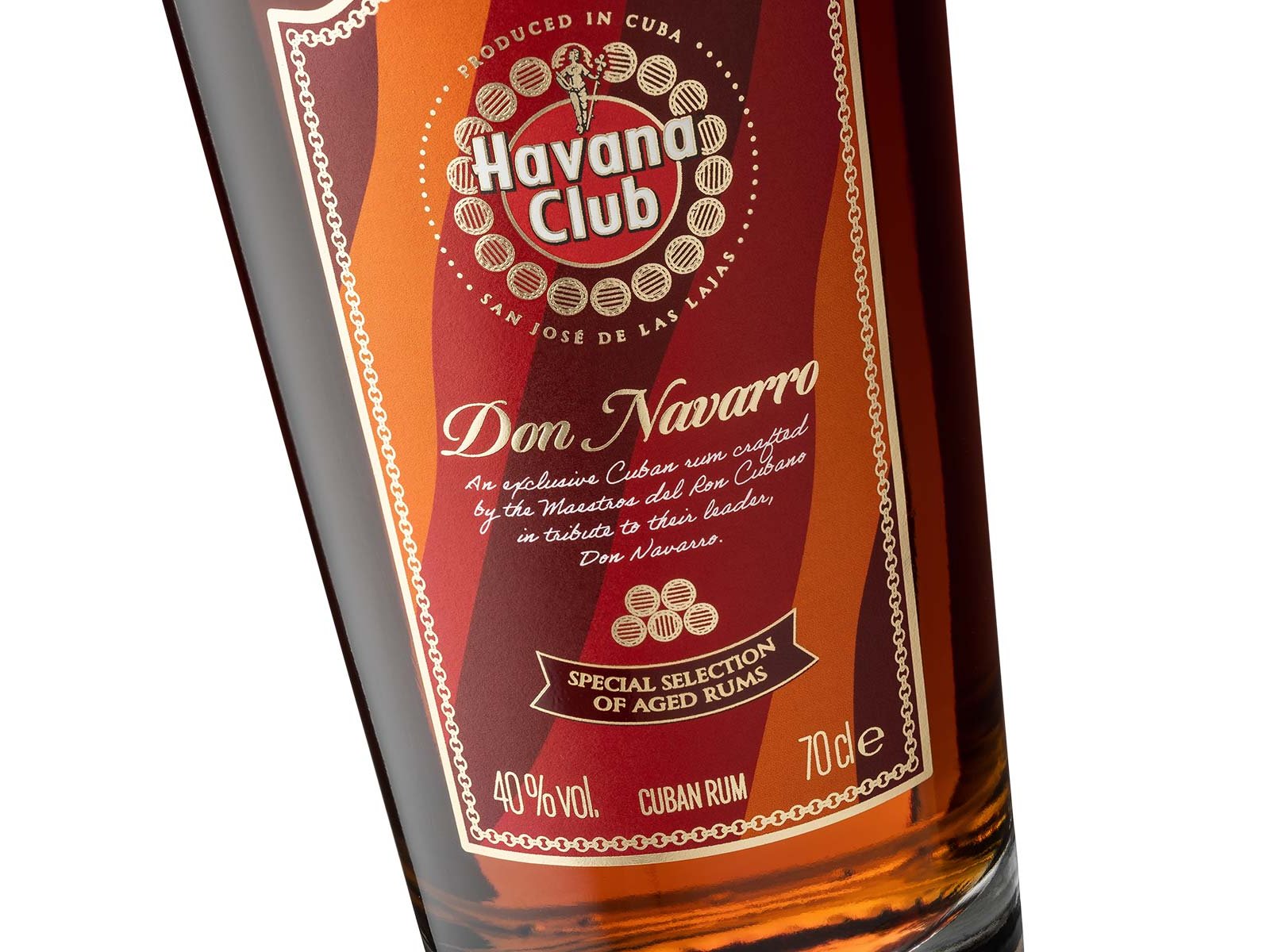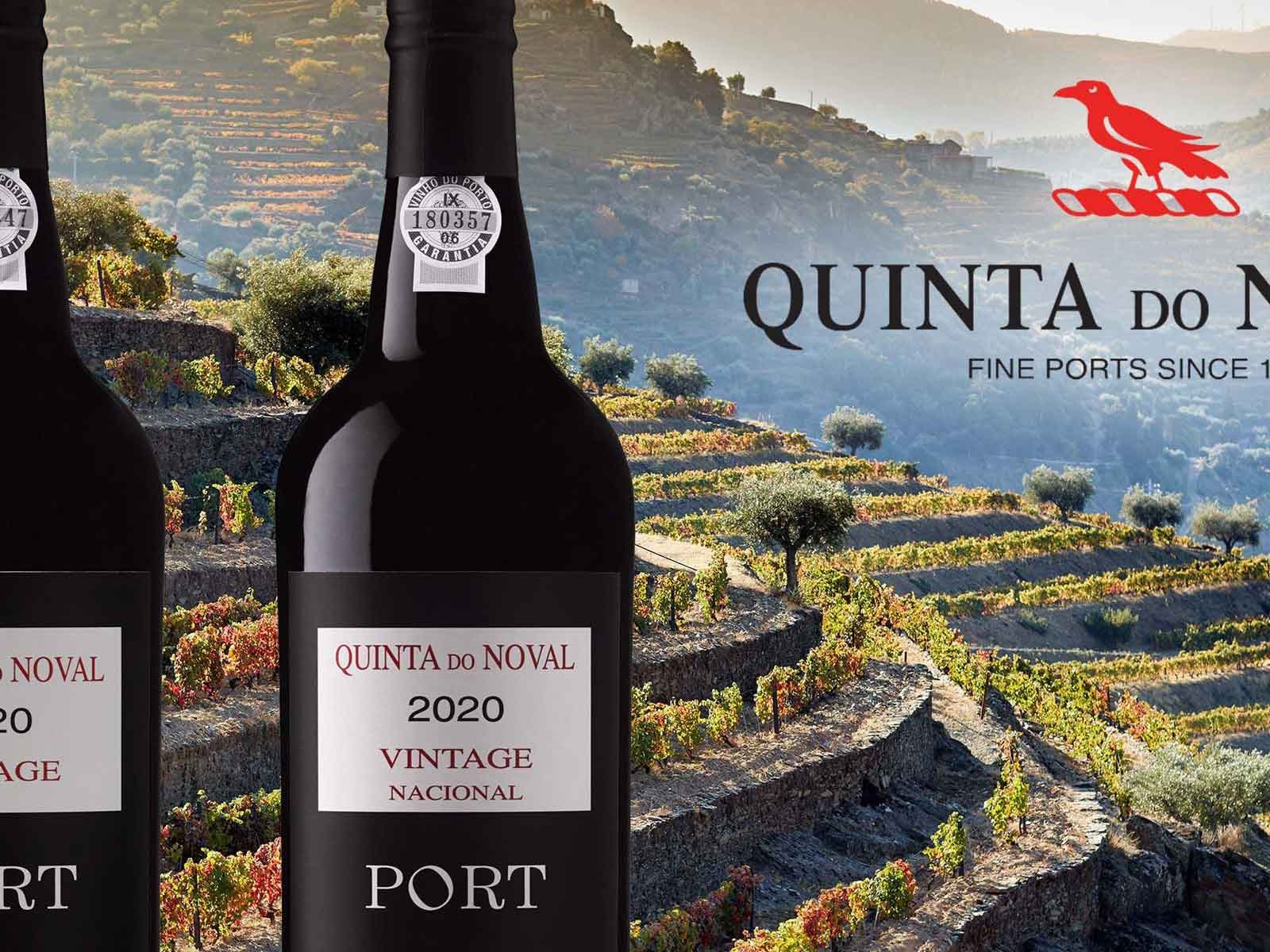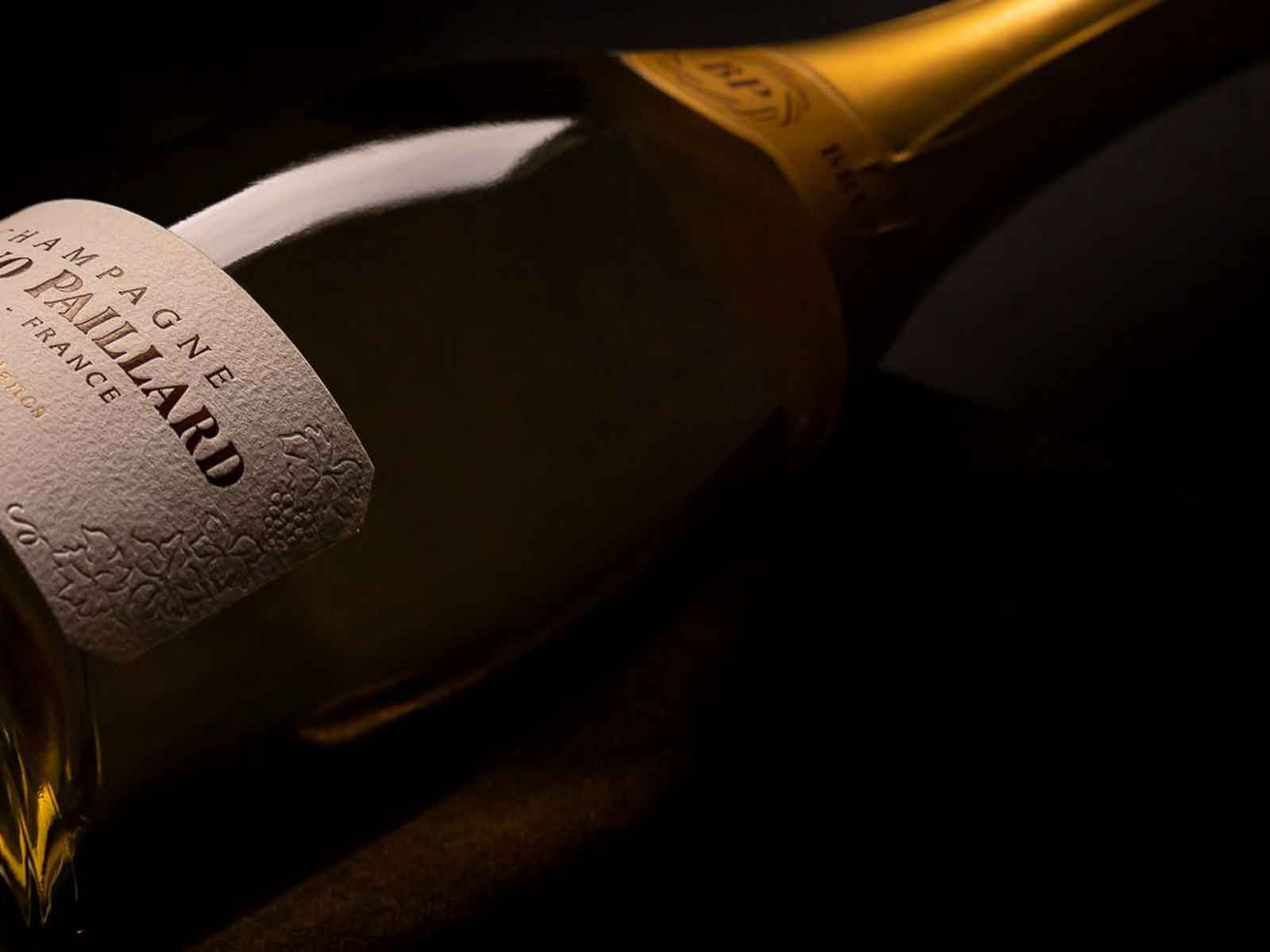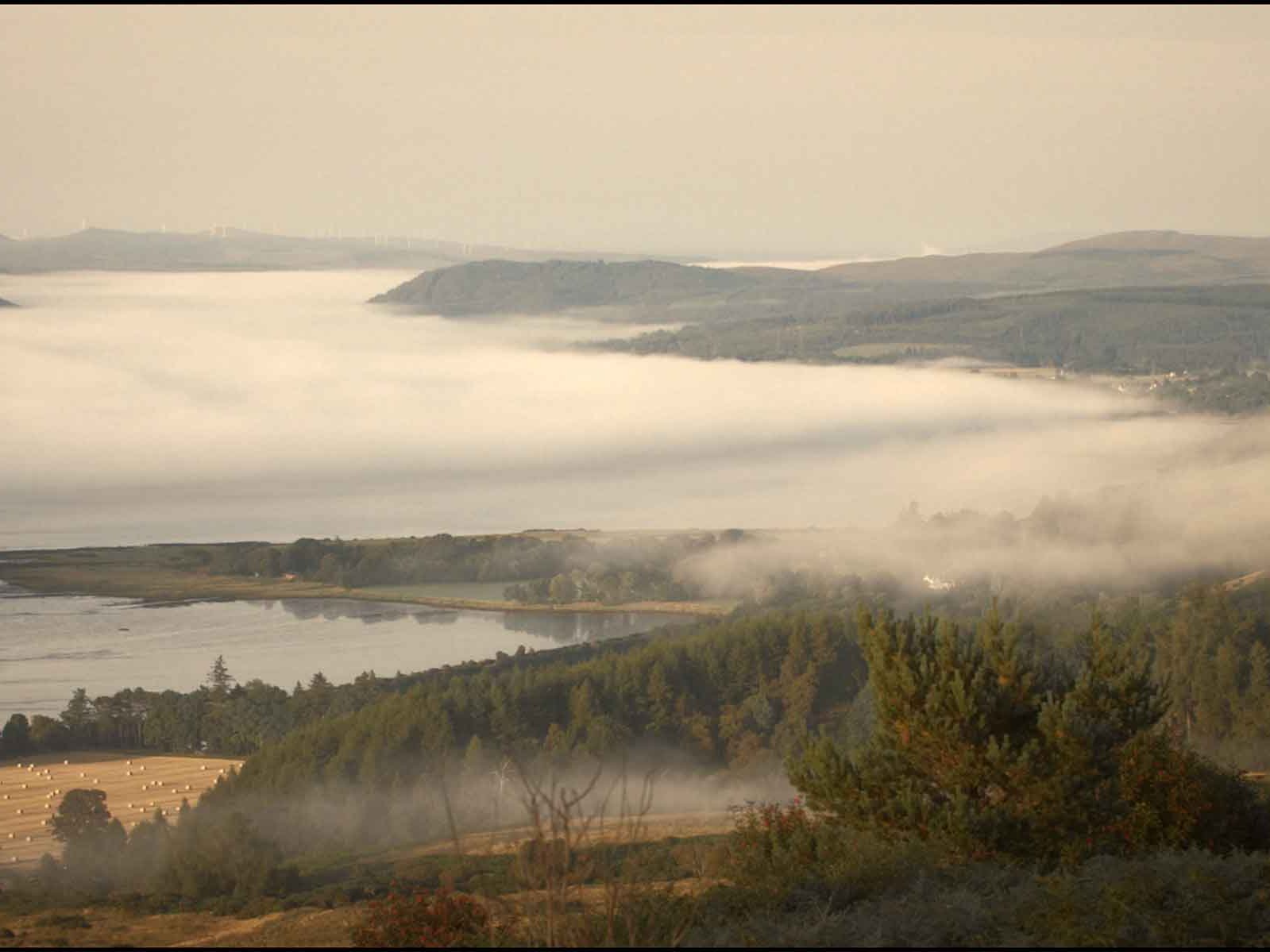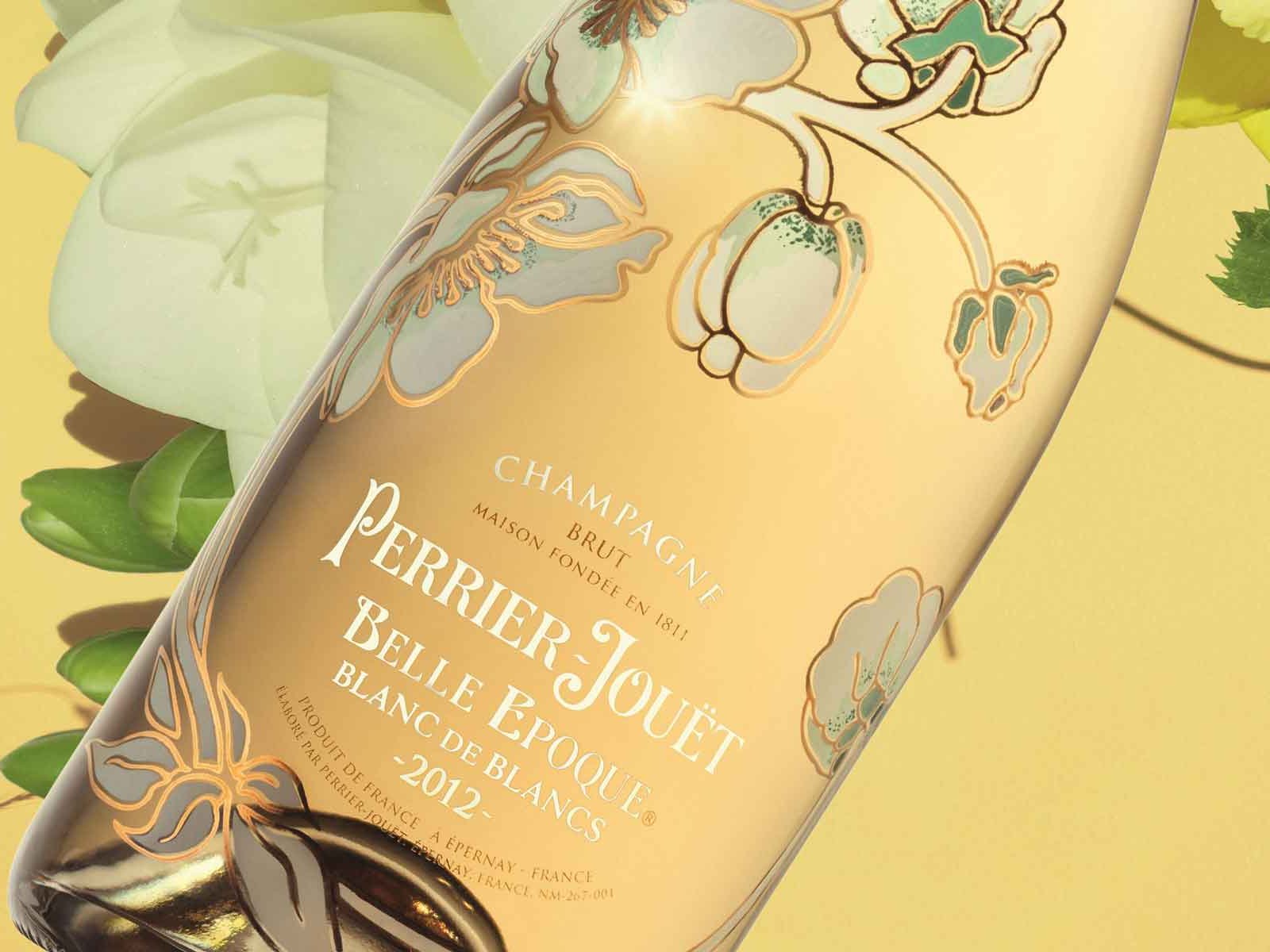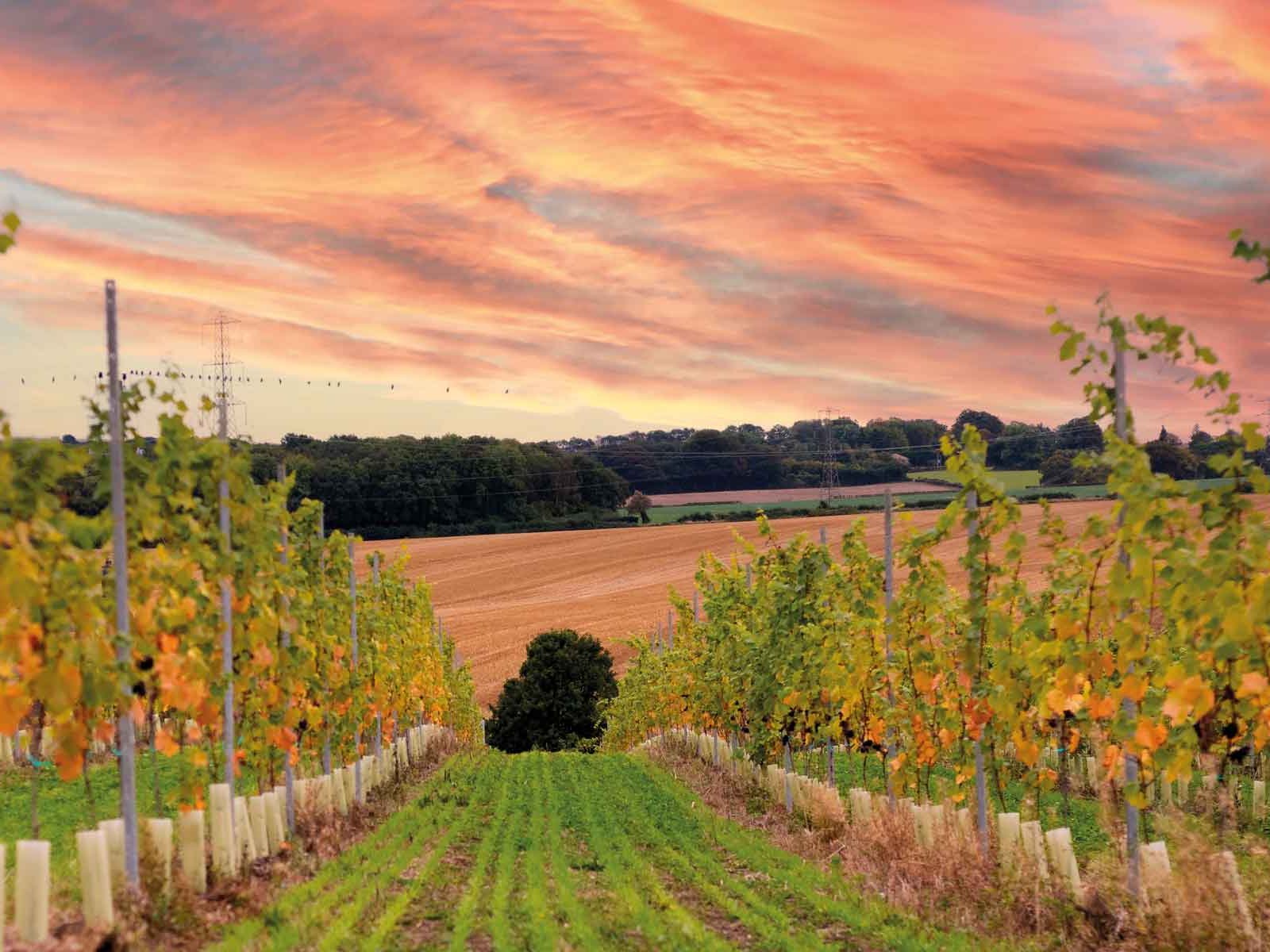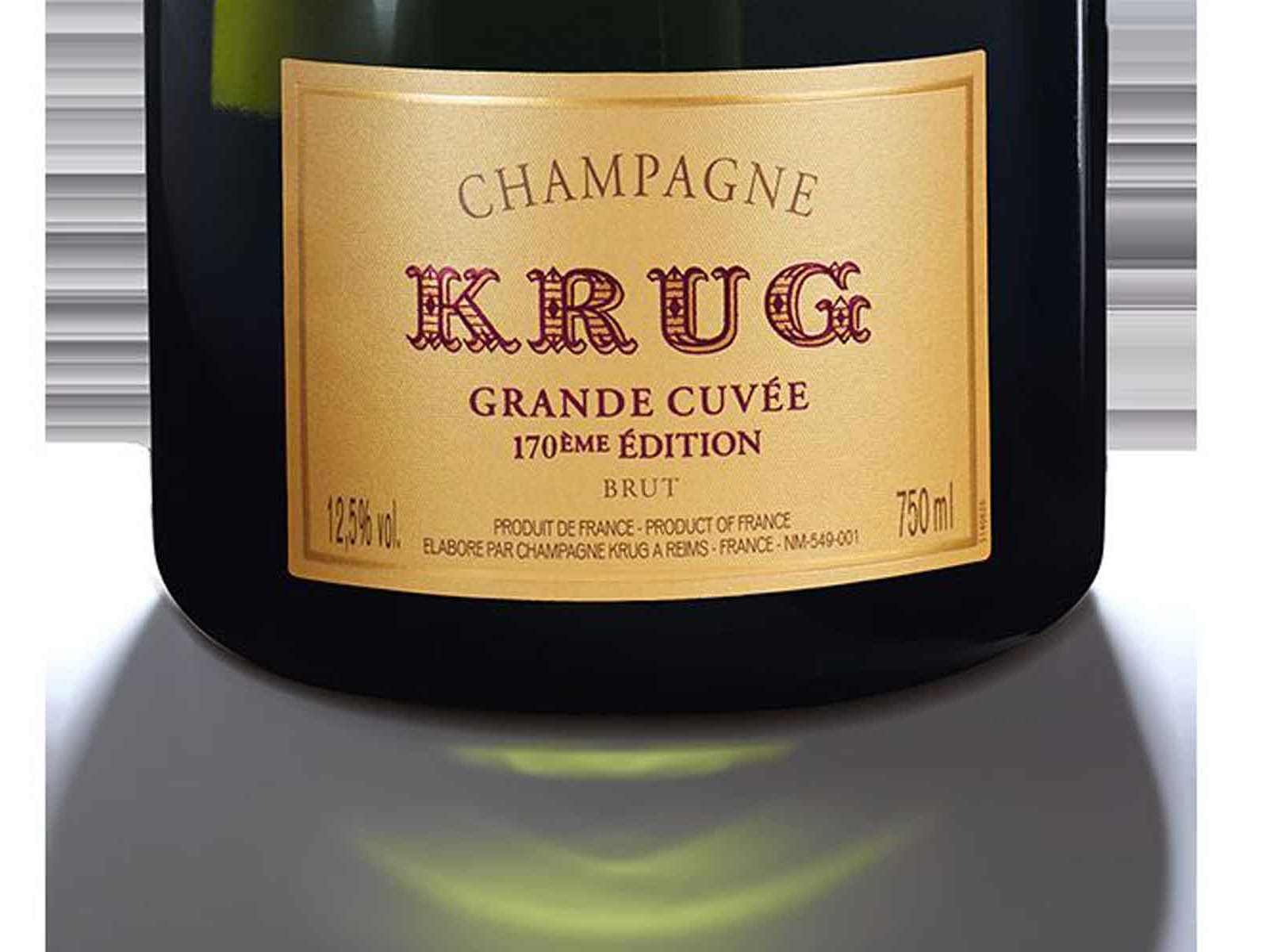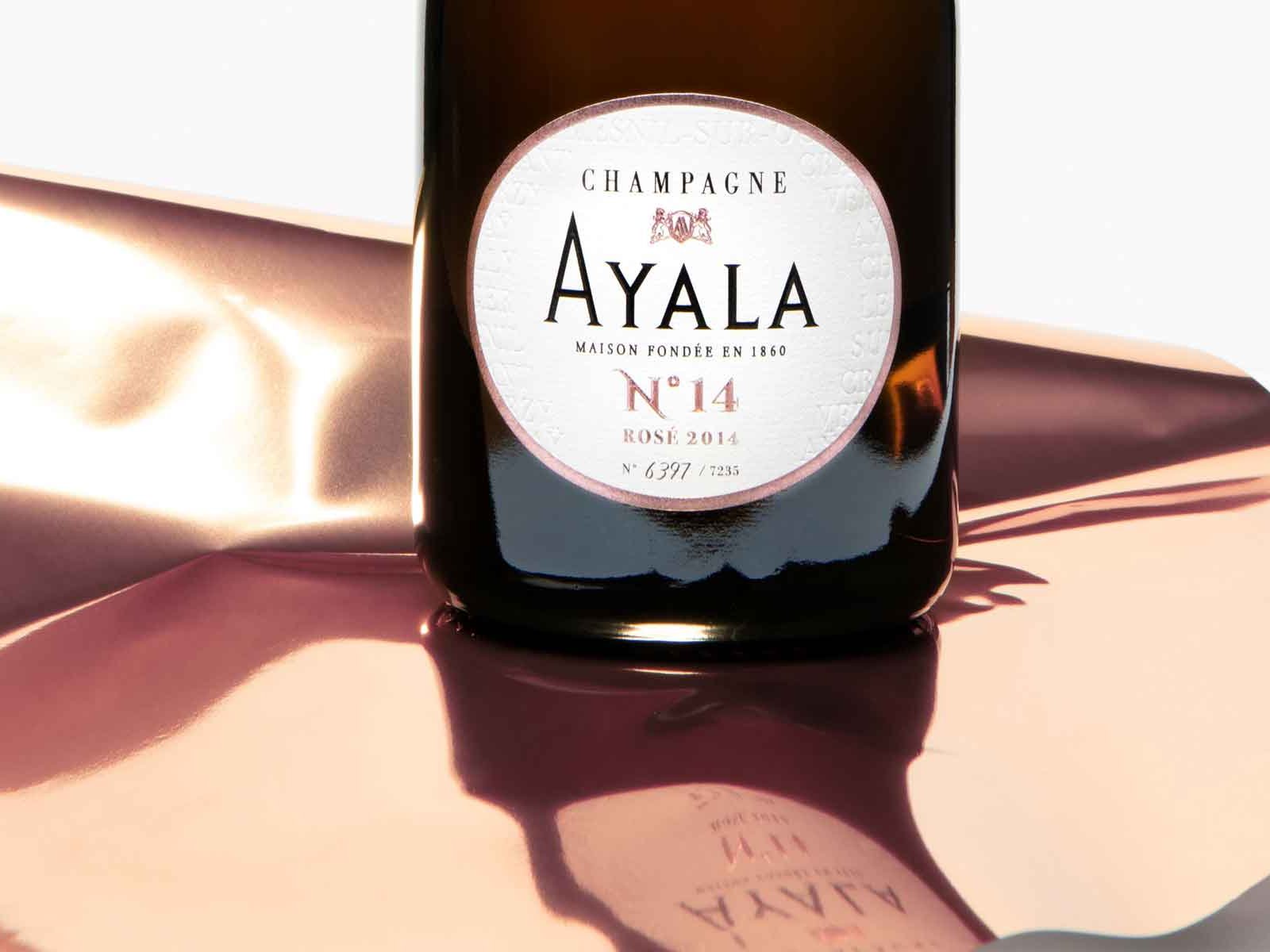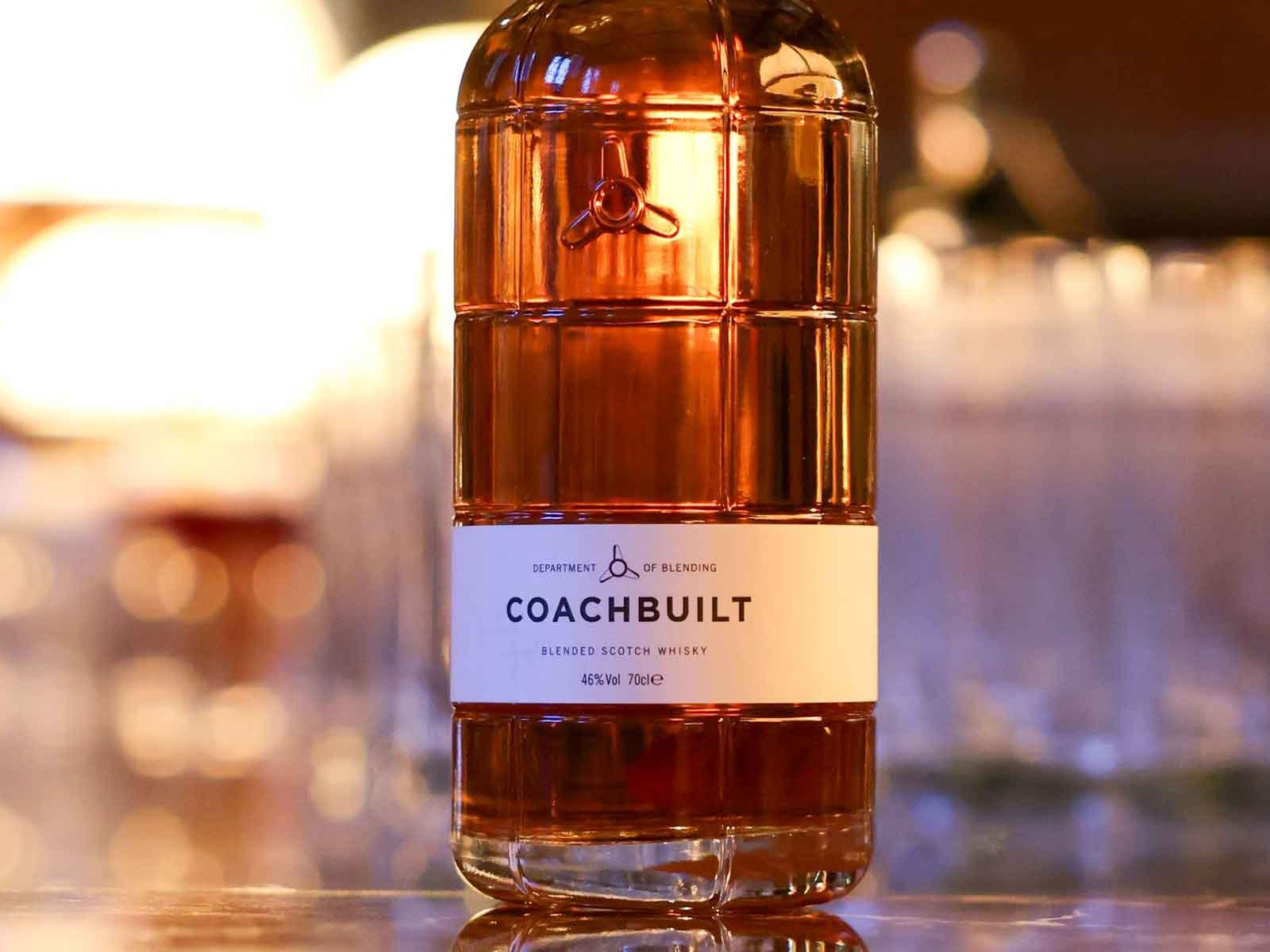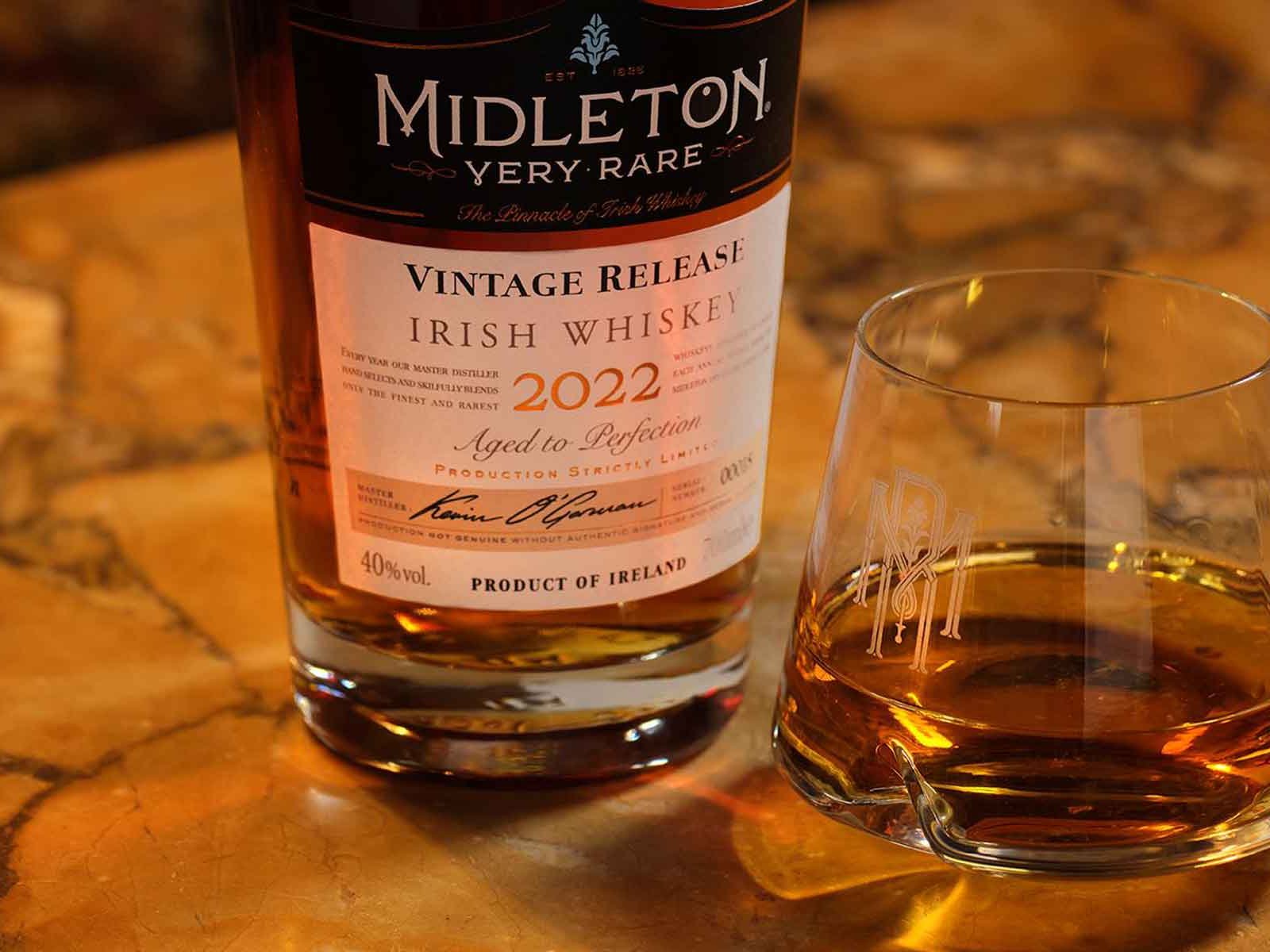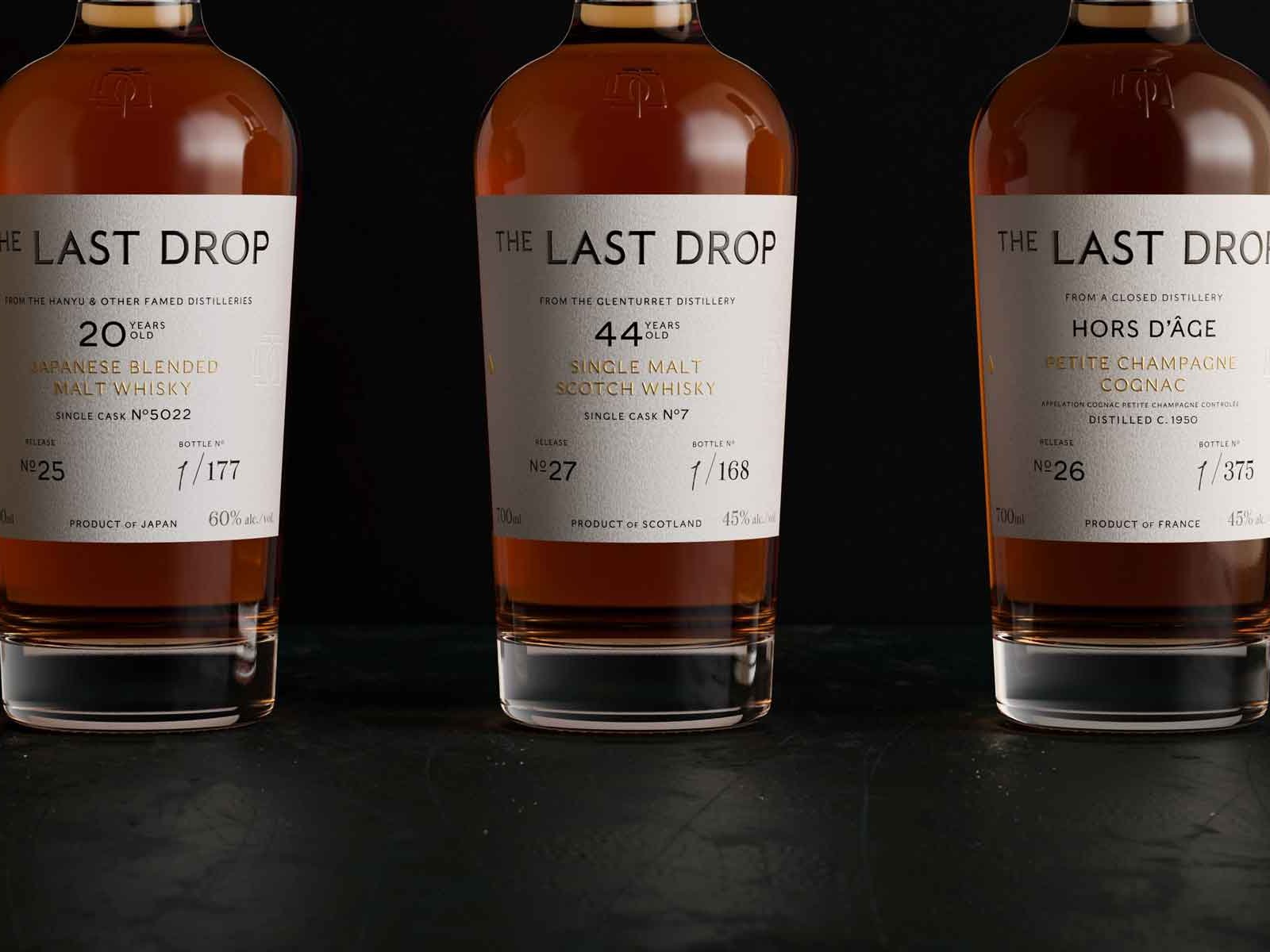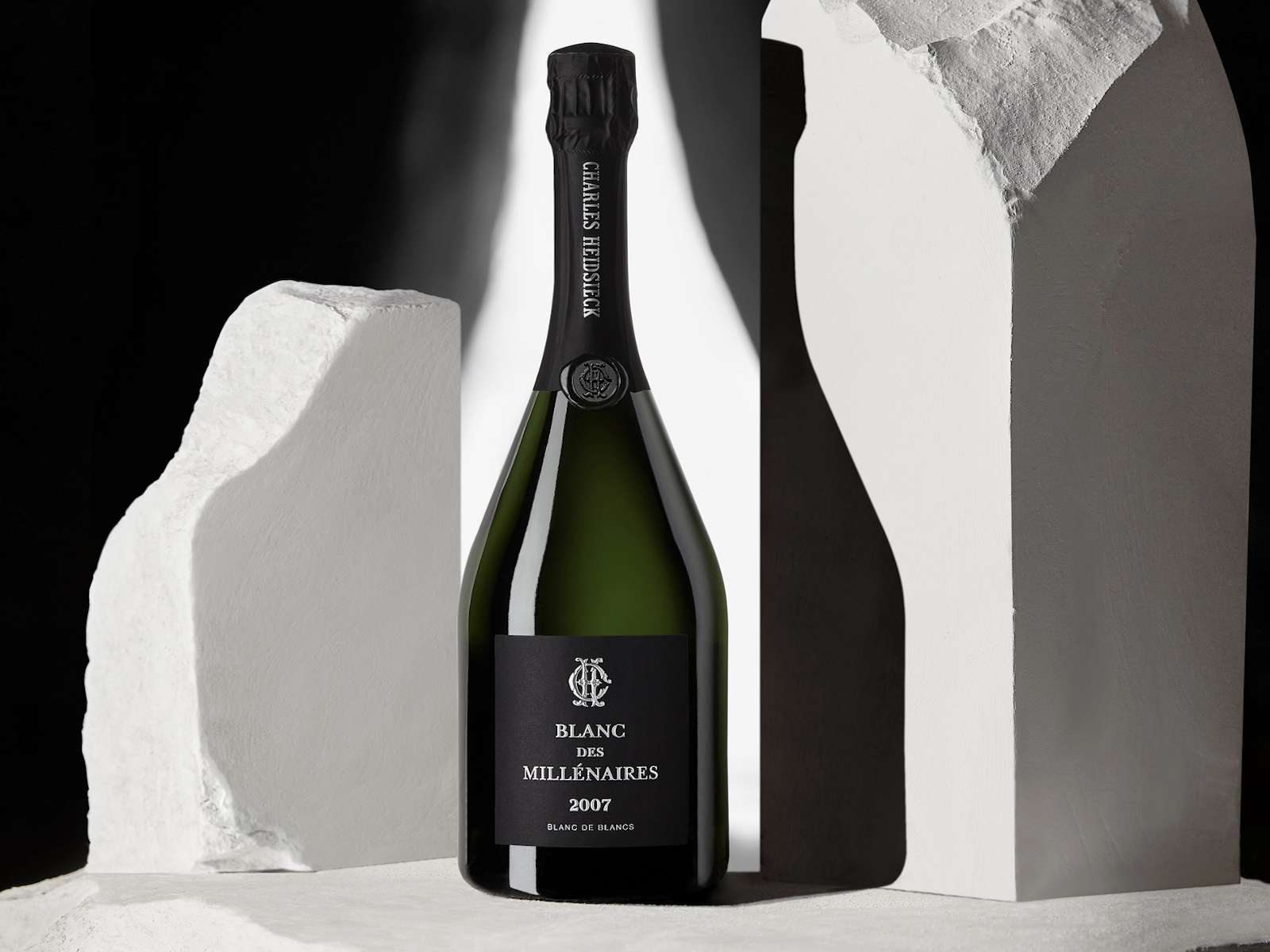Billecart-Salmon Releases Louis Salmon Blanc de Blancs 2008
Billecart-Salmon is best known for its elegant Brut Rosé Champagne, but a mini-vertical of prestige cuvée Louis Salmon showed their savoir-faire when it comes to Blanc de Blancs.
“Billecart-Salmon, if anything, stands for rosé, but today is all about our Blanc de Blancs savoir faire,” said Mathieu Roland-Billecart, CEO of Champagne Billecart-Salmon at the London launch of the latest Blanc de Blancs prestige cuvée Louis Salmon.
Honouring the founders
Named after Louis Salmon, who co-founded the house with Elisabeth Salmon, after whom the rosé prestige cuvée is named, the blanc de blancs wine is part of the founder series of the house. The trio is completed by Cuvée Nicolas François, a blend of Pinot Noir and Champagne. The Louis Salmon prestige cuvée was created in 2018 with the 2006 vintage to honour the man who really was the very first cellar master at the house.
Blanc de blancs history
Roland-Billecart said: “We have made vintage blanc de blancs since 1964 – before that the record is a bit patchy. I am sure we did some before, but I cannot show you on paper. The Blanc de Blancs NV is a much more recent adventure for us, 2000/2001 were the first base years. Why? Our house was smaller then, and Rosé NV and Elisabeth [Salmon] are big, big consumers of Chardonnay.” Today, however, the Blanc de Blancs NV is a firm part of the portfolio and stands out because it always is based exclusively on grand cru vineyards in the Côte des Blancs. “My predecessor François Roland-Billecart always said that if we made a non-vintage blanc de blancs, it would have to be mind-blowing.”
The Blanc de Blancs NV
Roland-Billecart noted that “the main footprint” of all the blanc de blancs wines rested on four grand cru villages in the Côte des Blancs: Chouilly, Cramant, Avize and Mesnil-sur-Oger. “Chouilly really suits our style – a style that is a bit more floral, more lacy, more precise. Mesnil brings more structure and depth, it is always important in our blends.” The current release of the non-vintage blanc de blancs, released in the first quarter of 2022, is based on the 2015 vintage. “The 2015 base is quite a powerful and concentrated year,” Roland-Billecart said. “So we have a third of reserve wines and we have only used one year, 2014, the complete opposite. 2014 was a year of minerality and length, but not much concentration – what we wanted to bring back in was freshness to the concentration in 2015.” Another reason for the elegance of the wine which underwent partial mal-lactic fermentation is that it spent “a good five years” on the lees, creating a superfine mousse – that comes in addition to the house’s traditionally cool ferment and exclusive use of stainless steel for this cuvée. It has a dosage of 7g/l.
Louis Salmon Blanc de Blancs 2008
This prestige cuvée is one of the latest 2008 vintage wines to be released – widely considered one of the greatest vintage of recent years. Roland-Billecart thus said little about the vintage apart from stating: “2008 it is a classic year in the definition in Champagne – there is nothing in the weather that tells you it is an exceptional year other than that it was a dry and late harvest with a long vegetative cycle.” He noted that the house’s harvest lasted from 25 September to 8 October in 2008 – very late in today’s terms. One third of the base wine was fermented in barrel, the wine underwent partial malolactic fermentation and was disgorged in May 2021 with a dosage of 7g/l after 11 years of lees ageing. It is composed of 40% Chouilly wines, 20% Mesnil, 33% Cramant and 7% Avize.
An impressive mini-vertical
To put this new 2008 release into context, the wine was tasted alongside the Louis Salmon cuvées from 1996 and 1988. “I picked 1996,” Roland-Billecart said. “You will remember the acidic backbone of the 1996, but I think the 2008 is a lot more approachable than the 1996 was on release, but it is important to see it.” He also noted that both older vintages, 1996 and 1998, were made in epoxy-lined concrete tanks, before the house had any stainless steel tanks. “And I picked 1988 because it was a 20-year difference.” All three vintages – 2008, 1996 and 1988 – were outstanding and showed the longevity and evolutionary potential of this exceptional cuvée. The composition for the electric 1996 was 40% Mesnil and 20% each of Chouilly, Cramant and Avize. For 1988, it was 79% Avize and 21% Cramant. What an experience!

